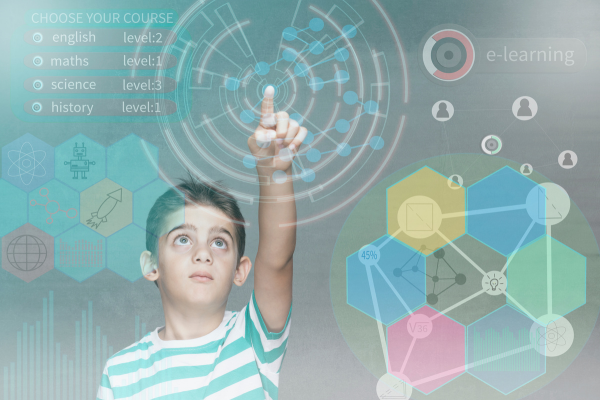
What Technology-Optimised Learning Spaces Look Like Today
School used to be limited to school grounds and school hours. As technology has expanded, it’s opened up new avenues for learning, removing learning barriers along the way.
Say an artistically inclined student wants to learn a particular technique, but their art department has just been reduced for budget reasons. Or a senior knows they want to work in a certain part of the world – once they master the language. Edtech tools allow them to cross geographical lines, connecting with resources and learning communities anywhere in the world.
“These opportunities expand growth possibilities for all students while affording historically disadvantaged students greater equity of access to high-quality learning materials, expertise, personalised learning, and tools for planning for future education,” explains The Office of Educational Technology. “Such opportunities also can support increased capacity for educators to create blended learning opportunities for their students, rethinking when, where, and how students complete different components of a learning experience.”
Ahead we investigate how these tools are optimising learning and preparing students for a digitised, global workforce.
5 Ways Educators are Effectively Leveraging Edtech
Learning isn’t new. Humans have done so in formal and informal settings for centuries. What’s changed are the tools available to improve upon it.
As Edtech Books explains, “Experts in the field of educational technology often adopt the terms ‘hard’ and ‘soft’ technologies. In this dichotomy, hard technologies refer to machine-based or digital technologies, such as a computer or a web-enabled app, while soft technologies are human-driven processes, methods, and theories that similarly extend or improve our abilities to teach or learn.”
When mobilised into action, here’s how both types are helping educators support better learning outcomes:
- Personalising content. Many learners have unique ways of engaging with new concepts. By providing diverse coursework and project formats, it increases the odds that the material will feel more relevant. Menus of opportunities including online/offline activities, collaborative/independent work, and analog/immersive experiences help empower students with autonomy over their learning day.
- Solving real-world problems. Don’t assume that just because they’re young that they can’t make meaningful contributions. Digital tools make it possible for young people to not only produce important work, but to share it with the world. Be it a public service announcement, invention, or documentary, these types of project-based learning also help develop the critical thinking skills employers are looking for.
- Eliminating barriers. Unlike digital learning spaces, not all learning environments are accessible to all learners. Museum admissions may be too expensive, libraries may be too far, or disabilities may prevent students from fully engaging in off-campus experiences. However, an online field trip, international mentorship/pen pal exchange, or participation in something like the Global Read Aloud, can make learning more equitable for everyone.
- Encouraging life-long learning. Because technology puts endless resources at their literal fingertips, students need only identify their passions to more fully pursue them. When this happens, they’re more likely to engage in learning that interests them long after the school bell rings.
- Closing the digital divide. Merely providing access to learning tools and digital devices can help learners more equitably upskill for future careers.
Opportunities and Challenges of Smart Tools
Something so powerful as edtech has clear advantages for schools. However, as with any new, there are also some hurdles that could impact teaching and learning.
On the positive side, educators are enjoying the perks of automated performance evaluation and help with curriculum design. Technology-enabled learning environments also make time and space limitations a thing of the past, encouraging connections and collaborations once unimaginable.
Where schools may face restrictions depends on pending and upcoming technological reforms. Topics like student data privacy and evolving pedagogical approaches are currently on the discussion board at many institutions.
Edtech’s Next Steps
As edtech continues to advance, schools that make holistic investments now will be best positioned to serve learners in the near and long term. Though each road there will be individualised, what remains true is that learning can no longer be confined to the classroom nor fully captured on a screen. Instead, technology-optimised spaces bring rich experiences and world-expanding opportunities to learners any time of day or night.
Contact us today for more information – email info@hbtech.co.nz or phone 0800 423 834.


